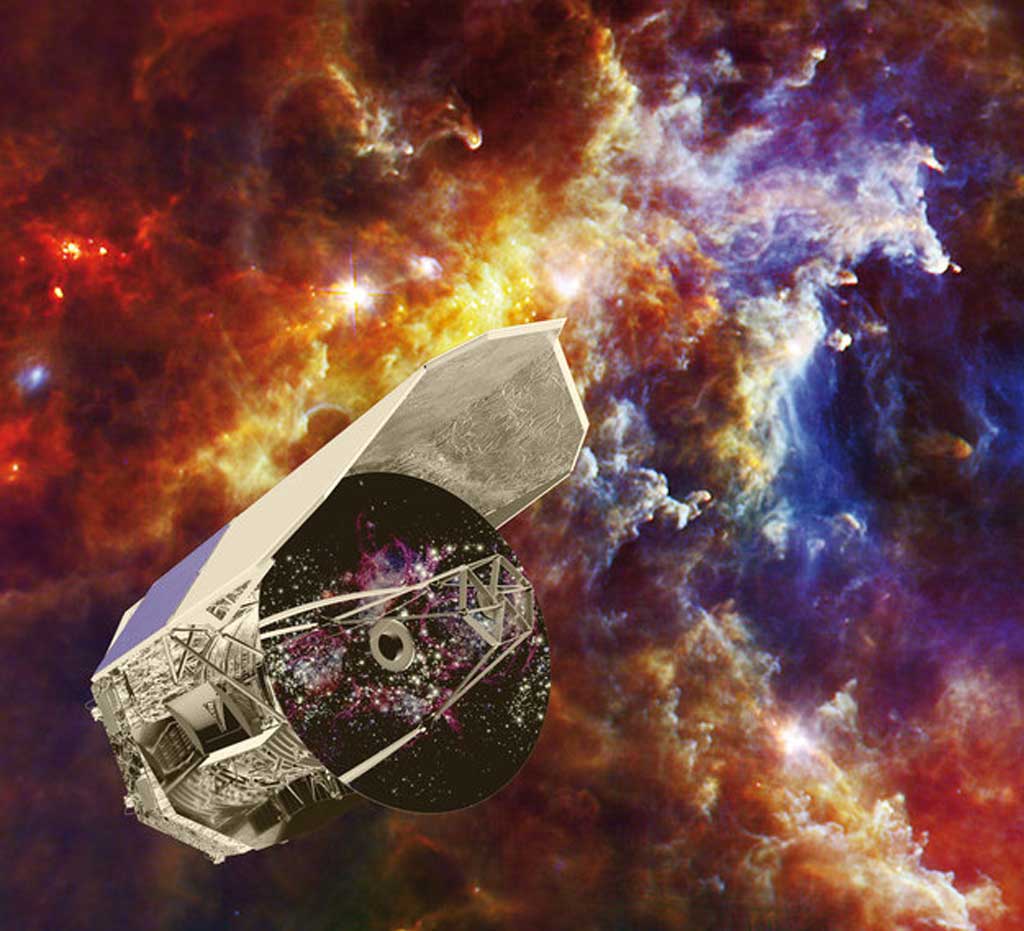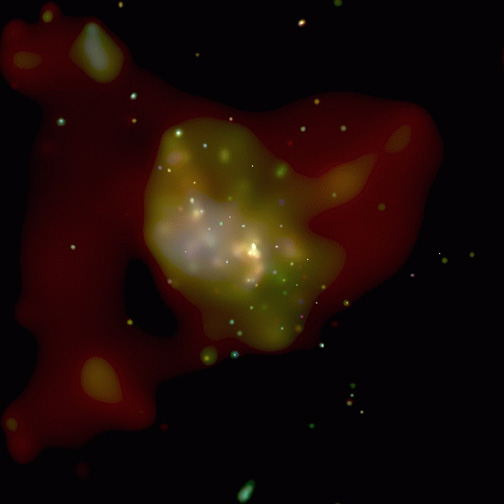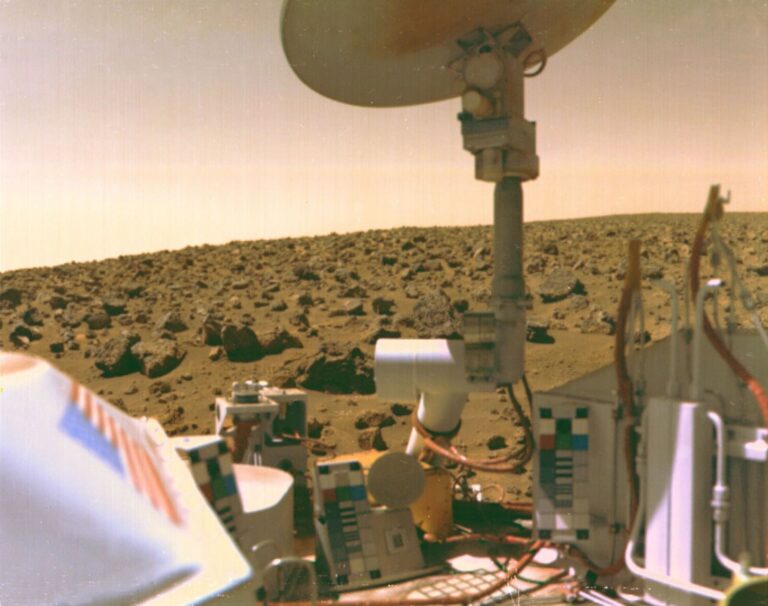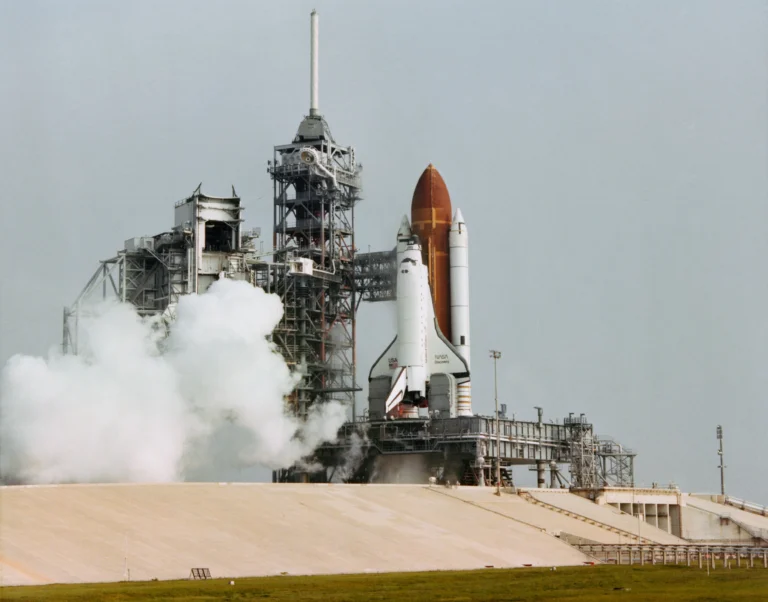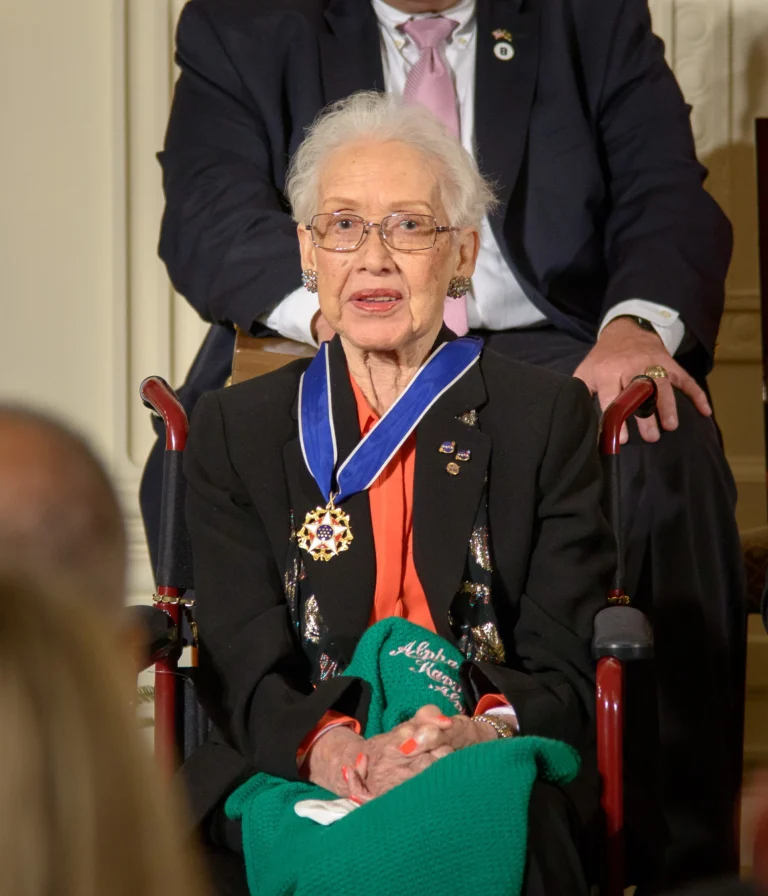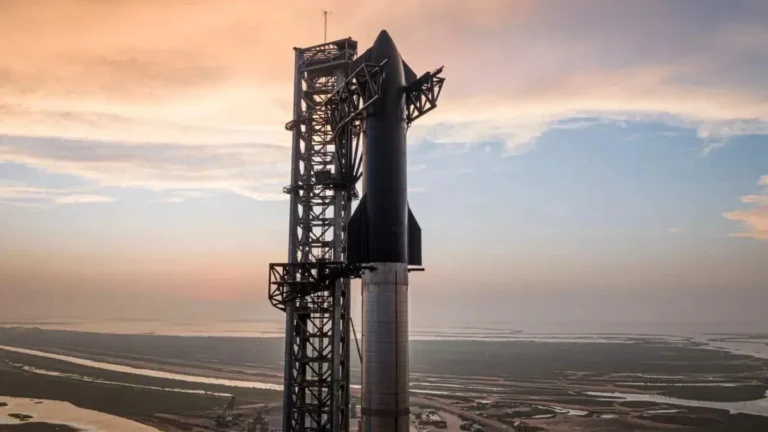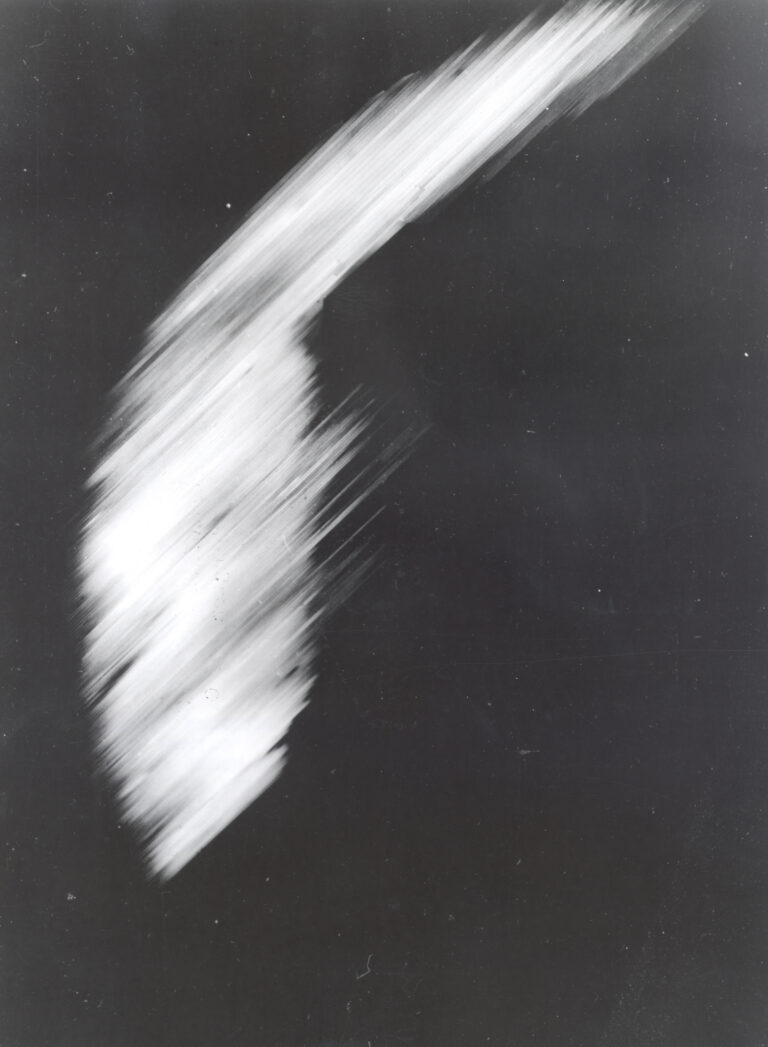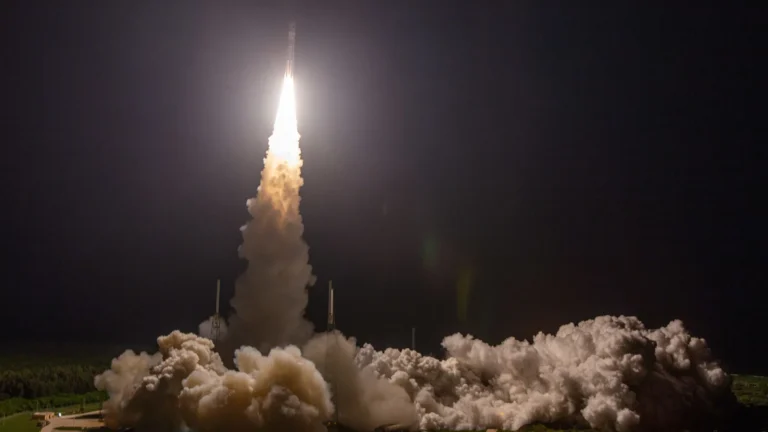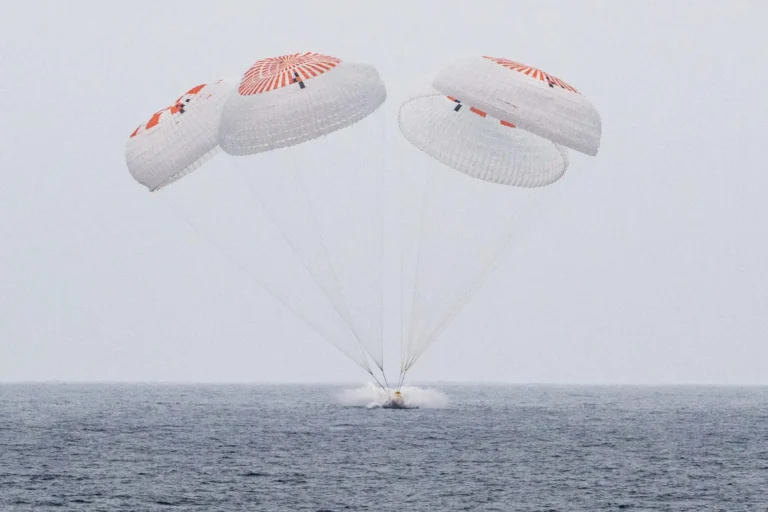Key Takeaways:
Herschel was launched May 14, 2009, and, with a main mirror 3.5 meters across, it is the largest, most powerful infrared telescope ever flown in space.
A pioneering mission, it is the first to cover the entire wavelength range from the far-infrared to the submilimeter, making it possible to study previously invisible cool regions of gas and dust in the cosmos and providing new insights into the origin and evolution of stars and galaxies.
In order to make such sensitive far-infrared observations, the detectors of the three science instruments — two cameras/imaging spectrometers and a high-resolution spectrometer — must be cooled to a frigid –456° Farenheit (–271° Celsius), close to absolute zero. They sit on top of a tank filled with superfluid liquid helium, inside a giant thermos flask known as a cryostat.
The superfluid helium evaporates over time, gradually emptying the tank and determining Herschel’s scientific life. At launch, the cryostat was filled to the brim with more than 2,400 quarts (2,300 liters) of liquid helium, weighing 740 pounds (335 kilograms), for 3.5 years of operations in space.
Indeed, Herschel has made extraordinary discoveries across a wide range of topics from starburst galaxies in the distant universe to newly forming planetary systems orbiting nearby young stars.
However, all good things must come to an end, and engineers believe that almost all of the liquid helium has now gone.
It is not possible to predict the exact day the helium will finally run out, but confirmation will come when Herschel begins its next daily three-hour communication period with ground stations on Earth.
“It is no surprise that this will happen, and, when it does, we will see the temperatures of all the instruments rise by several degrees within just a few hours,” said Micha Schmidt from ESA’s European Space Operations Center in Darmstadt, Germany.
The science observing program was carefully planned to take full advantage of the lifetime of the mission, with all of the highest priority observations already completed.
In addition, Herschel is performing numerous other interesting observations specifically chosen to exploit every last drop of helium.
“When observing comes to an end, we expect to have performed over 22,000 hours of science observations, 10 percent more than we had originally planned, so the mission has already exceeded expectations,” said Leo Metcalfe from ESA’s European Space Astronomy Center in Madrid, Spain.
“We will finish observing soon, but Herschel data will enable a vast amount of exciting science to be done for many years to come,” said Göran Pilbratt from ESA’s European Space Research and Technology Center in Noordwijk, the Netherlands. “In fact, the peak of scientific productivity is still ahead of us, and the task now is to make the treasure-trove of Herschel data as valuable as possible for now and for the future.”
Herschel will continue communicating with its ground stations for some time after the helium is exhausted, allowing a range of technical tests. Finally, in early May, it will be propelled into its long-term stable parking orbit around the Sun.

